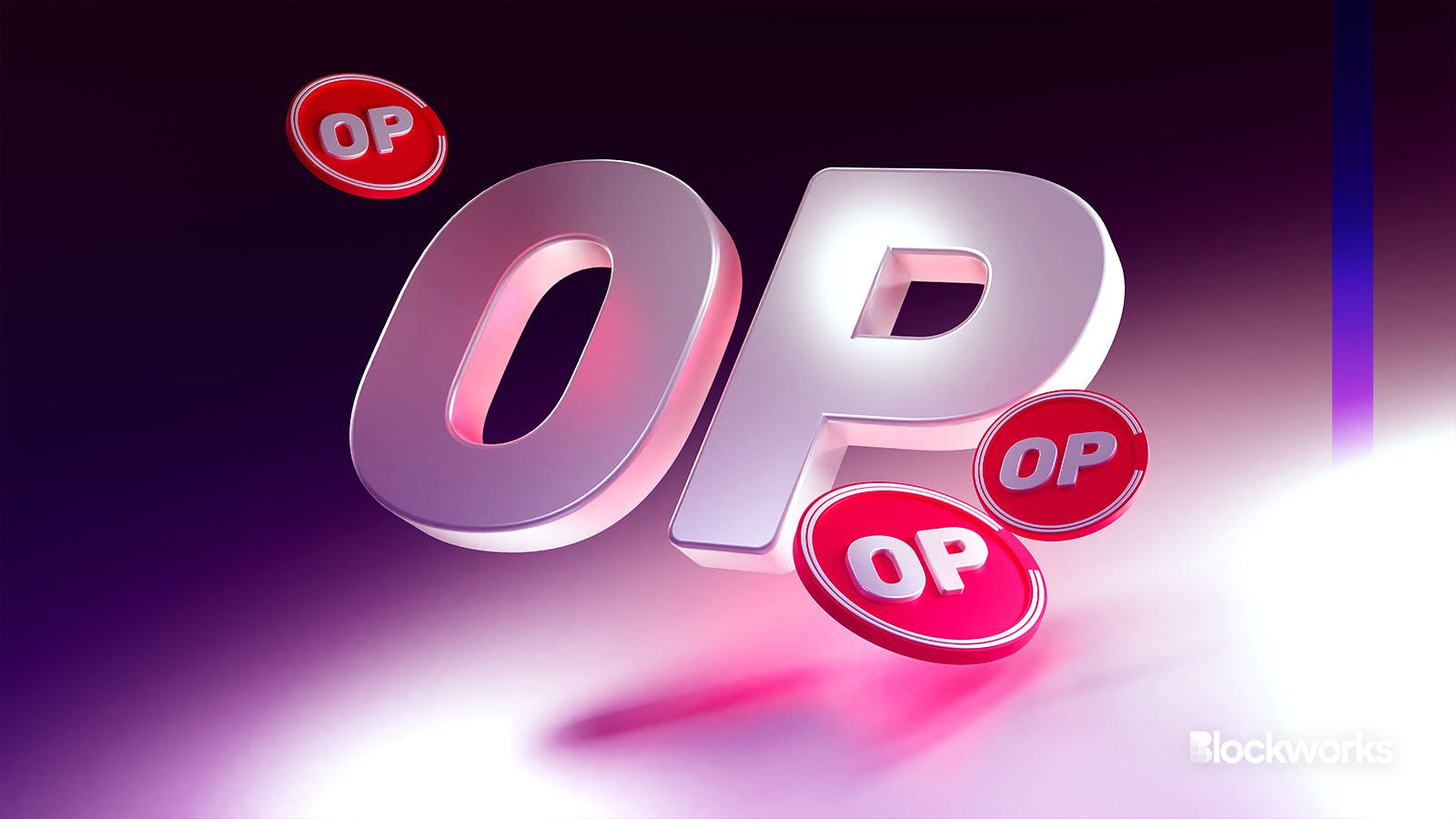Optimism’s permissionless fault-proof system is now on OP Sepolia
Fault proofs are a critical security measure to ensure transactions are valid on optimistic rollups

CryptoFX/Shutterstock modified by Blockworks
OP Stack’s latest fault-proof system has landed on OP Sepolia, the final testing sphere before mainnet.
Fault proofs, otherwise known as fraud proofs, are used to determine the legitimacy of a transaction on an optimistic rollup before it is recorded in the state of the base blockchain layer.
Unlike zero-knowledge rollups, where a transaction is instantly proven to be accurate or inaccurate, optimistic rollups are optimistic by nature, and they assume all transactions are valid unless proven otherwise.
Read more: Rollups saved Ethereum users a boatload of gas fees: Report
To ensure that the chain remains safe, optimistic rollups provide a time window where anyone can dispute the state of transactions. This tool is critical in ensuring the security of a network and acts as an important measure to prevent false activities on the blockchain.
Currently, Optimism does not have a fault-proof system. Rather, it relies on a seven-day challenge window, during which the system can be upgraded if fraudulent activities are detected. This upgrade system is managed by a 2-of-2 nested multisig that is governed by the Optimism Security Council (made up of a 4-of-13 multisig) and the Optimism Foundation (which has a 5 of 7 multisig).
Optimism first revealed its permissionless fault-proof system in October last year. It launched a three-component system that included a fault-proof program (FFP), a fault-proof virtual machine (FPVM) and a dispute game protocol on the OP Goerli testnet.
Read more: Optimism devs tackle bad actors with fault-proof system testnet launch
“Since Fault Proofs launched on OP Goerli in September, iteration on the system has primarily focused on the addition of output bisection (the first layer that narrows the dispute down to a single block transition prior to executing the fault proof virtual machine or FPVM), the large preimage proposals and incentive compatibility,” an OP Labs spokesperson told Blockworks.
The spokesperson noted that the OP Labs’ engineering team had been focused on getting the bond incentives accurate so that under normal operation, the honest challenger always received an incentive for countering invalid claims.
“This is a crucial part of the “permissionless” part of the system, and the testing phase on OP Sepolia was very helpful in tuning this portion of the system,” they said.
This latest testnet launch on OP Sepolia introduces permissionless validation and will allow anyone to participate in the system without an allowlist, the spokesperson added.
“This means that withdrawals of ETH and ERC-20 tokens from OP Stack Chains can be initiated without involvement from any trusted third party. It also means that invalid withdrawals can be challenged and removed by any user that wants to participate in the protocol,” they said.
Get the news in your inbox. Explore Blockworks newsletters:
- The Breakdown: Decoding crypto and the markets. Daily.
- 0xResearch: Alpha in your inbox. Think like an analyst.






